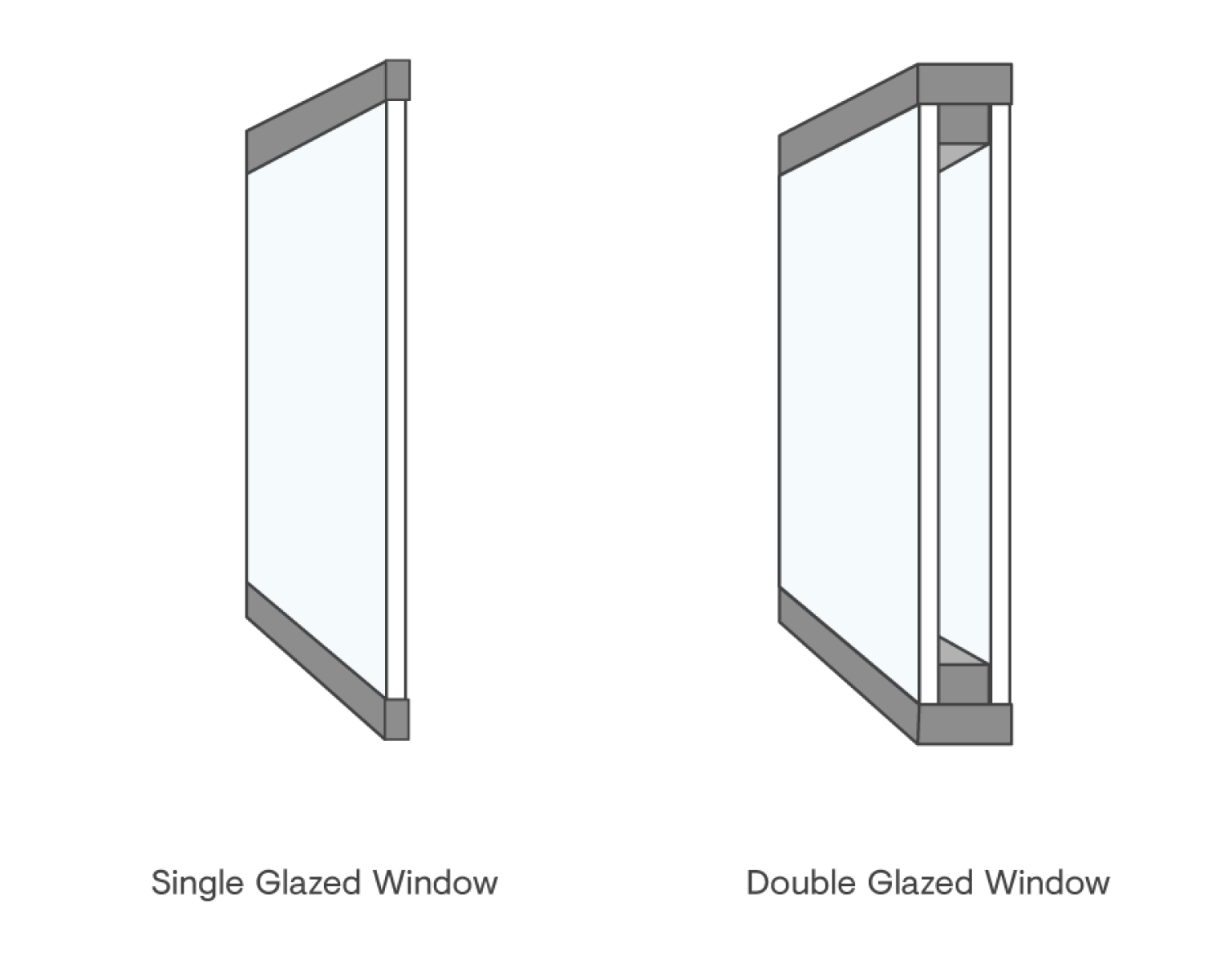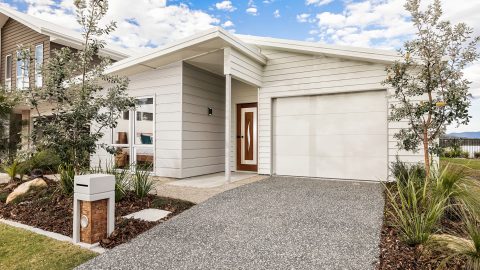
Locally made
Double glazed windows and doors—sometimes called Insulated Glass Units, or IGUs—use two separate pieces of glass separated by a central air gap, usually filled with Argon gas. Argon is an inert gas (meaning it has extremely low reactivity with other substances) that can dramatically assist with insulation.
This Argon layer helps to ‘trap’ any warm or cold air produced by heating or air conditioning systems, which can help to keep you cooler in summer and warmer in winter.

Huge energy bills are a burden most families can do without; higher energy efficiency performance can maximise energy usage to reduce heating and cooling costs over time.
Windows play a vital role in the overall energy efficiency of a family home, with the average household losing up to 40% of its heating and cooling through its windows*. Double glazed windows and doors are a highly effective option for maximum energy efficiency.
Thanks to the energy efficiency of double-glazed windows, there are two main benefits:

1. You can save on power bills.

2. You can consume less energy, which may be better for the environment long term.

In cooler climates, like Victoria or Tasmania:
In warmer climates, like Northern Queensland:
Sources: Australian Glass and Window Association (AGWA – previously AGGA) Window Energy Rating Scheme (WERS) visit: www.wers.net/wers-home
* The performance figures shown are based on heat gain through glass only. Data has been calculated using NFRC 100 – 2001 environmental conditions and Window 5.2 software from the Lawrence Berkeley National Laboratory (2006). Savings are in comparison to using 3 mm clear glass and may vary depending on actual operating conditions. Source AGWA.

A&L offers double glazing on a wide range of our products and configurations. Get in touch with the team today for more information on the best option for you.
Contact the team